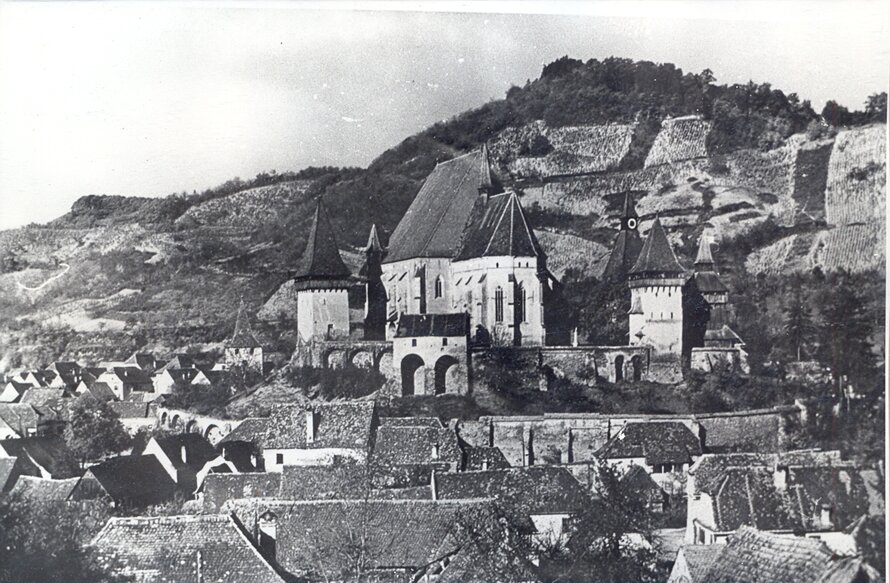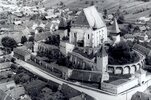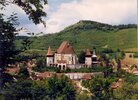Fortified church, Biertan
Biertan is a market-town in the middle of the Transsylvanian highland; it was founded in the Saxon period (Saxons came from the Rhine and Moselle Rivers regions during the mid 1100s). The church with its castel, being located in the middle of the village on a hill, is one of the ...
Read more
Project details
| Title: | Fortified church, Biertan |
|---|---|
| Entr. year: | 1991 |
| Result: | Diploma |
| Country: | Romania |
| Town: | Biertan, Sibiu (Transylvania) |
| Category type: | architectural heritage |
| Notes: | A typical example of a fortified church or church-castle |
| Building type/ Project type: | Religious building/memorial |
| Former use: | Church |
| Actual use: | Church |
| Built: | 15th century |
| Architect / Proj.leader: | Hermann Fabini, Architekt (Sibiu - RO) |
| The Jury's citation: | "For the excellent restoration of this magnificent fortress church, a monument to the culture of the Siebenburger Saxons, restored under difficult circumstances" |
| GPS: | 46°5'31.3"N 24°23'42.6"E |
| Web, Links: | romaniatourism.com/castles-fortresses-romania-biertan-fortified-church.html |
Description:
Biertan is a market-town in the middle of the Transsylvanian highland; it was founded in the Saxon period (Saxons came from the Rhine and Moselle Rivers regions during the mid 1100s). The church with its castel, being located in the middle of the village on a hill, is one of the typical examples of the fortified churches, better church-castel, built in the area of the (Kokel) Tirnava-river as a defense against the Turks. The monument becomes impressive by its harmonic integration in the village as well as for the original substance. The restoration had become necessary after the earthquake in 1977, when cracks appeared in the vault and in several parts the ribs loosened and fell down . The ample work of restoration began with consolidating the damaged vaults that had to be renewed in some parts, and the reinforcement of all ribs. Later, among others, the missing parts of the window frames made of stone were replaced and bull's-eye panes set in, thus improving the light conditions in the church interior.
Similar projects
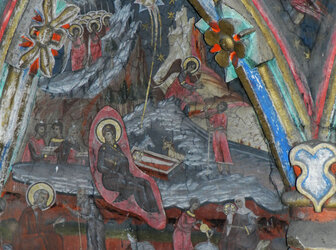
17th century
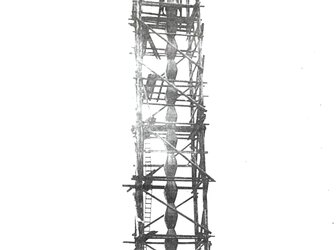
1937-1938
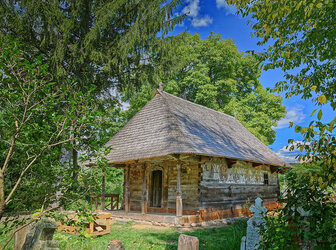
1757 - 1784
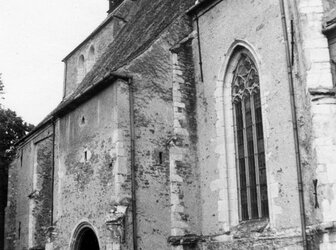
13th-14th century
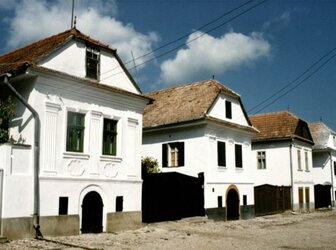
18th-19th century
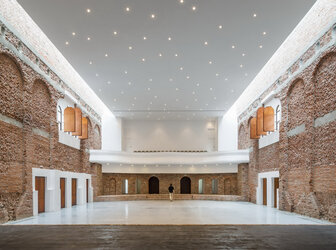
1930
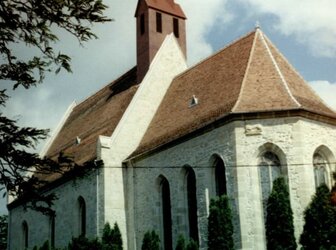
10th-11th century
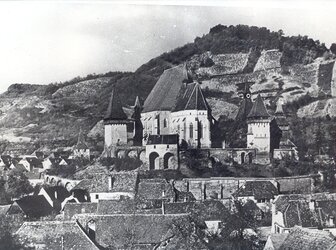
15th century
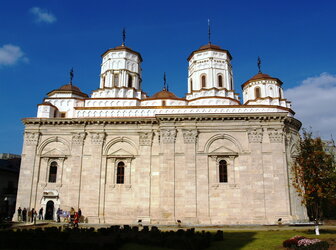
17th century
